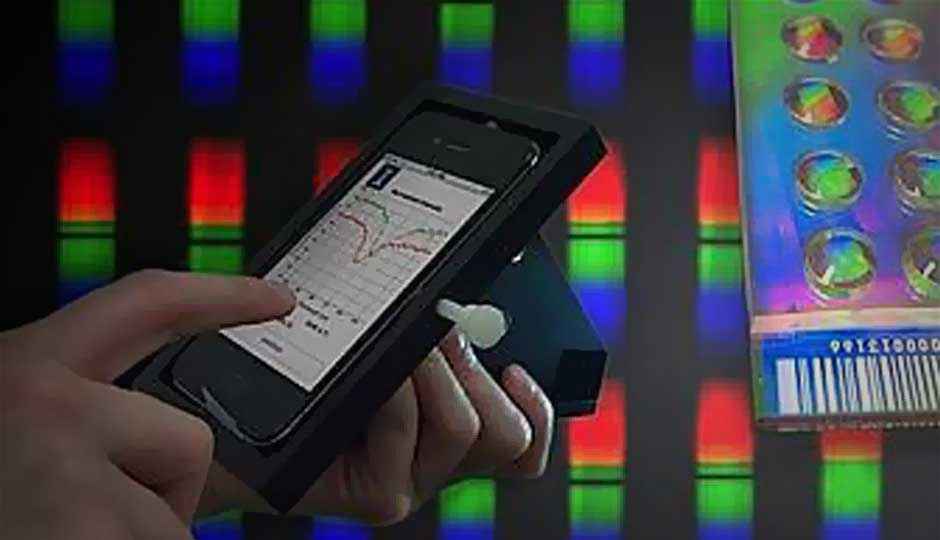Researchers demonstrate iPhone’s capability to be used as a handheld biosensor

Researchers are exhibiting the versatility of the iPhone, capable of turning into a handheld Bio-sensor
Researchers at the University of Illinois at Urbana-Champaign have made Apple’s iPhone into a powerful biosensor by aligning the phone’s camera through a series of lenses and filters.
The smartphone will be capable of detecting a wide array of toxins, bacteria, proteins, viruses and other molecules. Researchers are of the opinion that the device could be useful in a variety of situations, from detecting the spread of bugs to providing low cost medical diagnostic tests in the food processing chain.
“Smartphones are making a big impact on our society,” research team leader Brian Cunningham said. “And they have really powerful computing capability and imaging. A lot of medical conditions might be monitored very inexpensively and non-invasively using mobile platforms like phones”.
The biosensor acts like a mirror that reflects only one wavelength of light which powers the photonic crystal. The biological elements attached to the photonic crystal will cause the reflected colour to shift to a longer wavelength, thus facilitating detection of pathogens, DNA, cells, proteins and the list goes on.
The group has received consent from the National Science Foundation who are aiming at expanding the applications of their sensor. They are also working on developing tests that can keep a check on iron and vitamin A deficiencies in expecting mothers and children. An Android version of the sensor is also said to be in production.
Researchers around the world are really impressed with Apple’s famed smartphone, and are finding a plethora of applications for the device, while dubbing the smartphone as “the future of medicine”.
Source:Appleinsider
